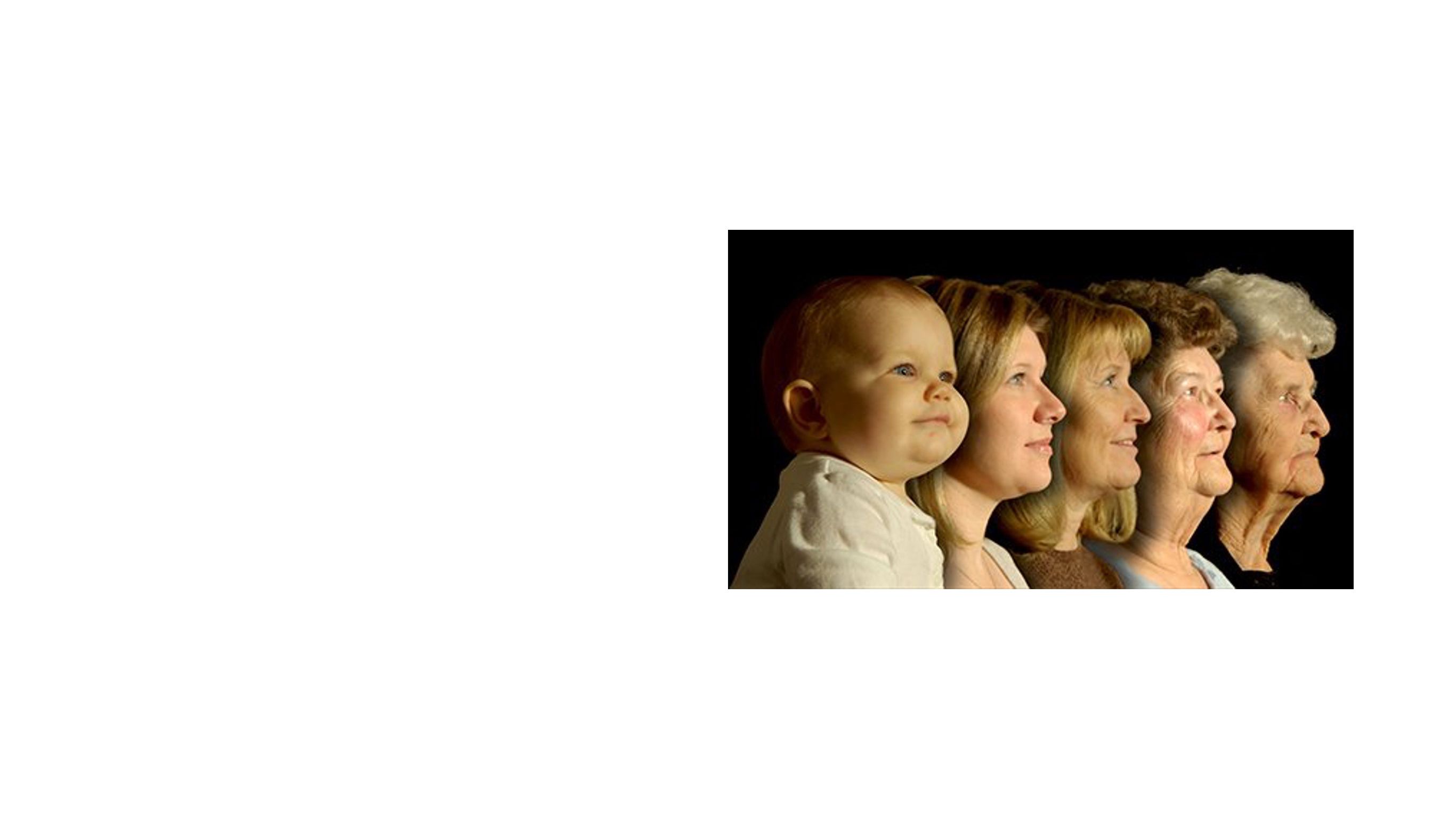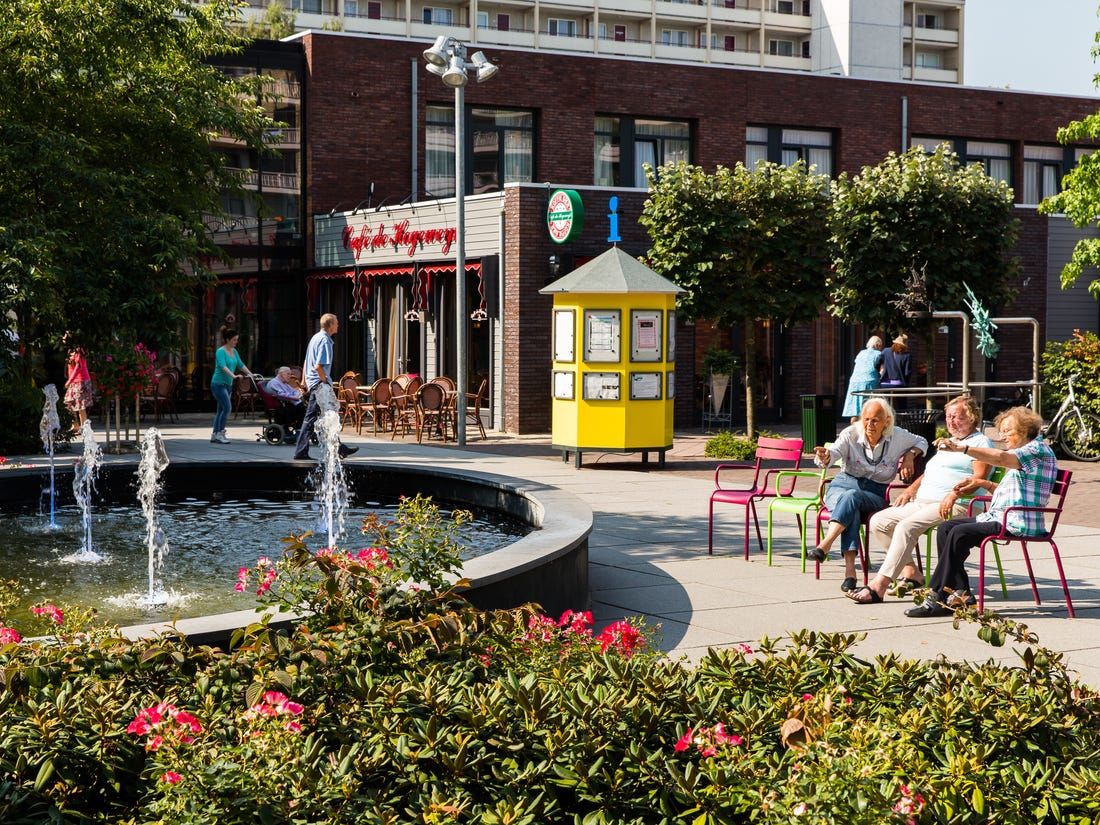

In the Netherlands there is an amazing village, designed only for people with Dementia. Located in the Dutch town of Weesp, it's a special gated village called Hogeweyk. It has been designed specifically as a pioneering care facility for elderly people with dementia.
The village is made up of a group of 23 houses for 152 people with dementia who all need nursing home facilities and live in houses differentiated by lifestyle. There are 7 different lifestyles: Goois (upper class), Homey, Christian, Artisan, Indonesian and Cultural.
The residents manage their own households together with a constant team of staff members. Washing and cooking is done every day in all of the houses. Daily groceries are done in the Hogeweyk supermarket. The village has streets, squares, gardens and a park where the residents can safely roam free. Just like any other village it has a restaurant, bar and theatre. These facilities can be used by Hogeweyk residents and residents of the surrounding neighbourhoods.
We have some similar facilities in the UK, but not taking the approach to this level. It certainly gives us something to think about and from my personal experience it would make a huge difference on the person suffering with dementia and those caring for them.
In collaboration with Stirling University, we launched the Iridis app 3 years ago. The app is designed to promote a better quality of life for people with dementia and is a digital version of the DSDC’s research-based Dementia Design Audit Tool giving expert guidance on dementia design. It has already been downloaded by thousands of people across the world and is providing invaluable data for the University researchers.
This research has proven that good design enables people with dementia and age-related impairments, to enjoy a greater quality of life and remain independent for longer.
The Iridis team continue to develop design solutions and technologies which will help improve the lives of those with dementia.
From a personal perspective, having seen the impact of dementia, thoughtful design supported by research is going to be such an important part of our lives in the future.
